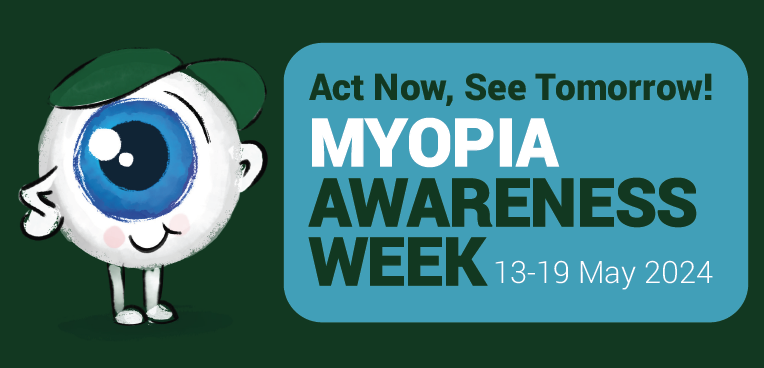
Dr Monica Jong, PhD, BOptom
Assistant Professor, DOVS, University of Canberra
Executive Director, International Myopia Institute, BHVI Sydney
Collaborating Scientist, BHVI Sydney
Visiting Fellow, SOVS, UNSW Sydney
Good communication is crucial to success in myopia management. This builds trust in you, the eye care professional, as patients undergoing myopia management will be under your care for a decade or longer.
It is important that the patient and their parents have the confidence and loyalty to follow you in this journey.
Online visibility
Communication begins even before the patient steps into your office. Ensure that you have a simple-to-navigate and easy-to-understand website that can assist with patient education with clear explanations on myopia, the need to manage myopia, and the available options.
A good website is a worthwhile investment, as the majority of parents will turn to Google or other internet search engines initially. Your website can help create interest and support patient education, making it easier for your patients to take the next steps.
Are your staff well trained to answer emails and phone calls from parents wanting to find out basic information on myopia management? Good frontline staff are the key to instilling confidence in potential patients and presenting a professional image.
Staff training
Are your staff well trained to answer emails and phone calls from parents wanting to find out basic information on myopia management? Good frontline staff are the key to instilling confidence in potential patients and presenting a professional image.
In the consultation
Communicating myopia management simply and clearly during the consultation is critical to allow your patient to make an informed decision. Firstly, take a thorough case history. Apart from the standard consultation questions, ask about:
- family history of myopia
- questions about lifestyle, for example, the amount of daily time outdoors,
- amount of near work
- use of digital devices
- hobbies and interests.
Results of the consultation in conjunction with the patient’s age will help you to formulate the myopia risk profile. The myopia risk profile will allow you, to make the appropriate recommendations when it comes to the treatment options; for example, spectacle versus contact lens versus pharmacological, and lifestyle counselling.
The myopia risk profile will allow you, to make the appropriate recommendations when it comes to the treatment options; for example, spectacle versus contact lens versus pharmacological, and lifestyle counselling.
Choosing a treatment option
After you have performed your consultation and assessed the patient’s myopia risk profile, you need to be able to explain myopia, why it is important to manage it (such as risk of future ocular complications and vision impairment), and the different options available.
Discuss each option, the expected range of slowing of myopia, the pros and cons of each treatment such as lifestyle benefits, expected vision, any adverse effects or risks of a particular treatment.
In some countries, some myopia treatments are considered off-label. For example, in the United States some are not yet specifically FDA-approved for myopia control and this needs to be explained.
Informed consent
An informed consent form can be used to help guide the discussion with the parent/guardian on all the options, risks and benefits, and the visit schedule. Provide an opportunity to ask questions at the end of the consultation. Consider delegating the discussion of informed consent, as well as other questions to trained staff.
Online tools
There are free online tools that can help with communication. Evidence based tools include the BHVI calculator which can be used to visually compare the estimated progression of myopia for a child with no treatment, and with each different treatment option.
Taking the time to educate your patients and parents about the need for myopia management is critical, and will ultimately assist in their compliance and treatment success, and overall satisfaction in the care provided.
Expectations
Providing realistic expectations is important to avoid future disappointment. Explain that individuals can respond differently. At various stages, your patient may require adjusted prescriptions, other treatment modalities, or combinations.
Explain clearly how many visits are required, the length and duration as well as the fee schedule, and whether the treatment product is included.
Taking the time to educate your patients and parents about the need for myopia management is critical, and will ultimately assist in their compliance and treatment success, and overall satisfaction in the care provided.


